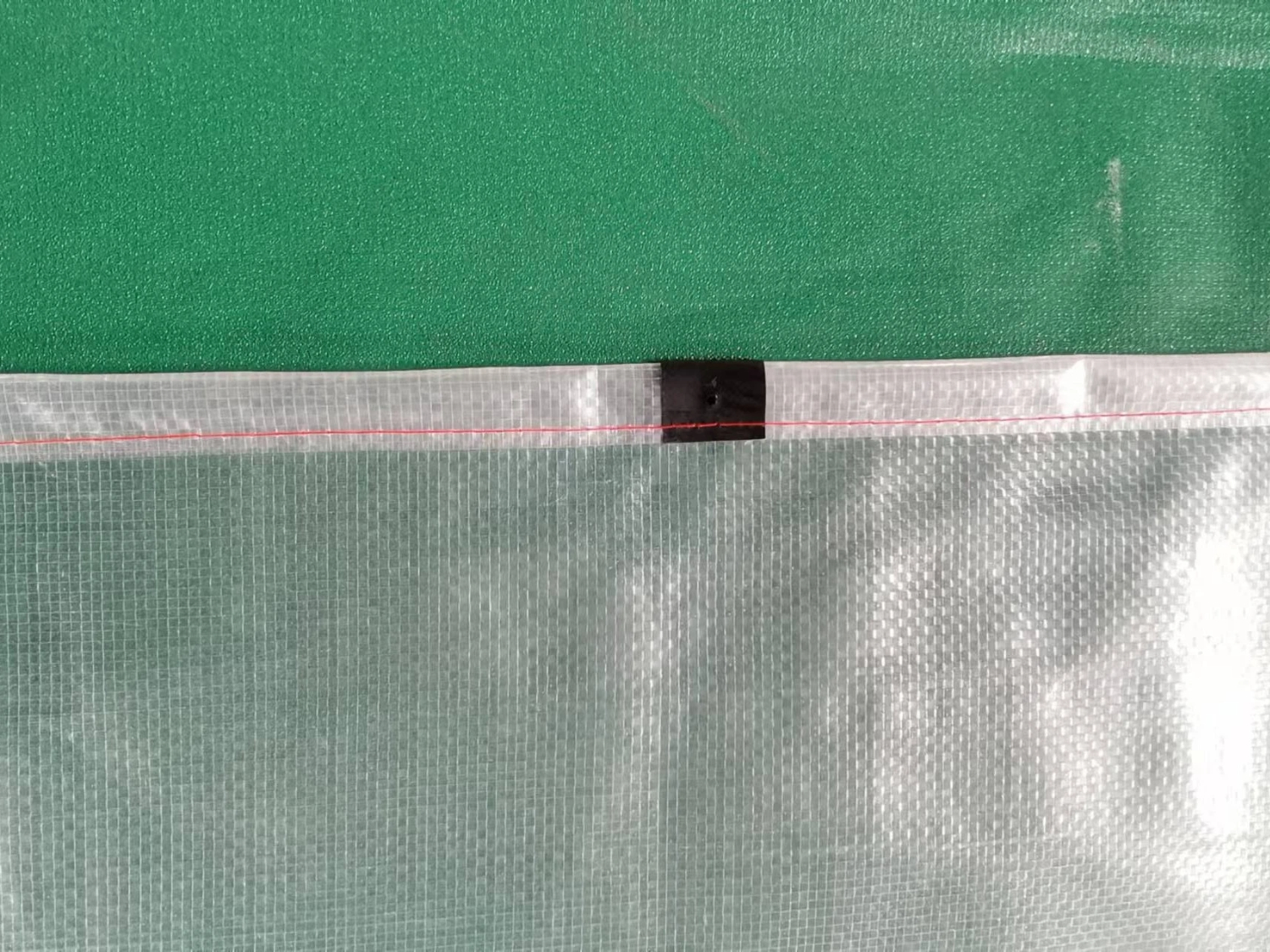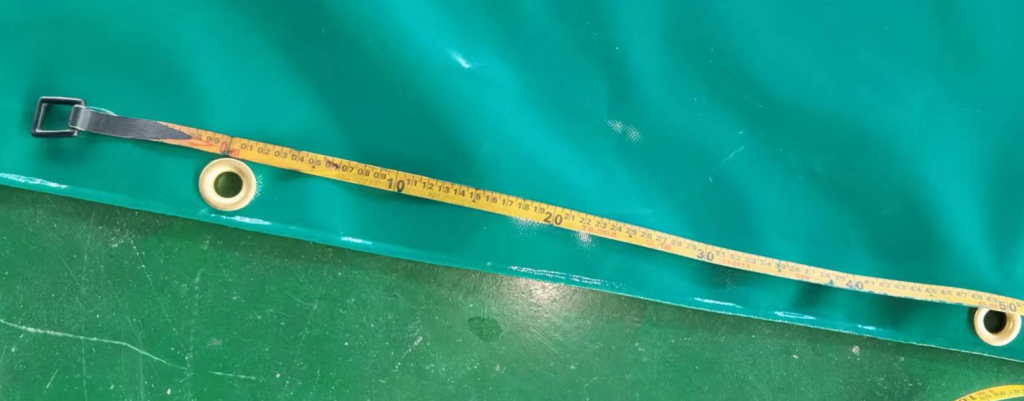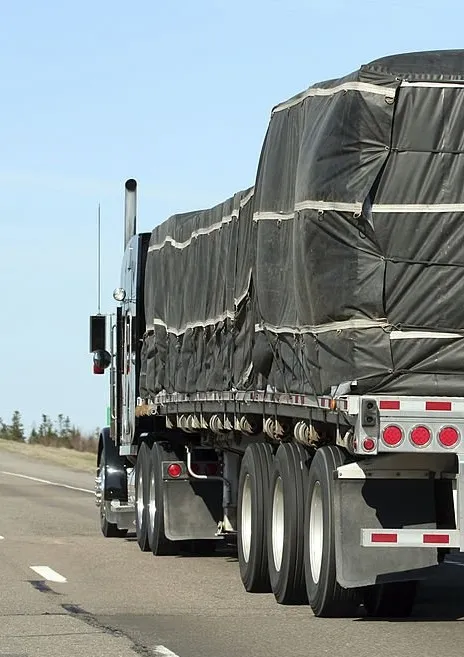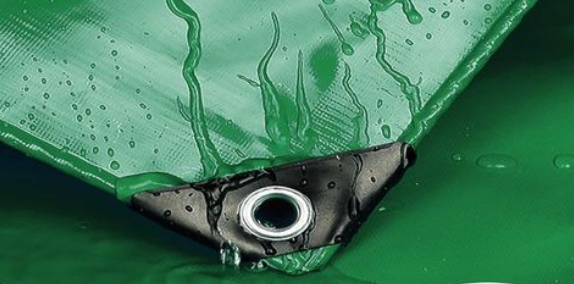
Securing a steel tarp may seem simple, but doing it right is crucial. A loose tarp can fly off during transport, damaging cargo, other vehicles, or even causing an accident. Steel tarps are heavy-duty equipment used to protect large cargo like steel, machinery, or construction materials. Follow these steps to ensure your tarp stays in place regardless of weather or road conditions.
Inspect the Tarp and Tools First
Make sure that before you begin, you inspect the steel tarp for any damage. Look for tears, holes, or thinning in the material. Check the grommets also; they should be securely anchored and not loose or rusty. If any of these are broken, replace the tarp. You will also need the right equipment: heavy-duty bungee cords, ratchet straps, and some spare eyelets or repair tape. Don’t use thin cord; they can break under strain, especially in the wind.

Properly Place the Tarp Over the Cargo
First, lay the PVC tarpaulin flat over the cargo. Cover it with at least 12 inches of excess tarp hanging over all the sides. The overhang keeps rain or debris out from under the edges and holds the edges in place. For irregular goods, such as pipes or machinery, flatten the tarp to avoid wrinkles or bunching, which will cause the tarp to move loosely. For taller cargo, allow the tarp to hang evenly over both sides.
Attaching Eyelets to Anchor Points
Steel tarps have eyelets along their edges, spaced every 12 to 18 inches. These are where you attach the straps. Find the anchor points on your trailer or truck, typically metal rings or hooks on the frame. Attach one end of the ratchet strap to the eyelet and tighten it to the nearest anchor point. Do both front and back, side to side. For heavy loads, use a strap every 2 feet. The more straps, the more secure it is.
Tighten the Straps Correctly (not too loose, not too tight)
Ratchet straps are the best tool for keeping the tarp securely taut. Once the straps are attached to the eyelets and anchor points, crank the ratchet until the tarp is taut. How tight is the right tightness? You will feel the tarp pull snug around the cargo, with no slack. Don’t over-tighten, however; over-tightening will tear the eyelets or stretch the tarp, weakening it in the long term. A useful trick is to stop cranking when you feel resistance and give it an extra buckle.
Secure Edges and Corners
Corners are the weakest spots, with wind blowing in and lifting the steel tarp easily. Carefully inspect each corner and secure it with two straps, crossing them in an “X” pattern, to give added support. Tuck any loose edges under the tarp or secure with bungee cords to prevent flapping. For long items, add a strap running from side to side down the middle of the tarp. This will prevent the center from sagging or bulging in the wind.
Check and Adjust After a Short Drive
After securing everything, drive slowly 50 to 100 feet and then stop. Get out and check the steel tarp once more. Bumps or corners might have loosened the straps, so tighten any straps that appear loose. Look for signs of movement. If the tarp shifts, readjust the tarp and add more straps as necessary. This quick check can prevent problems later, especially on longer trips.
Prepare for Weather and Special Situations
In rainy or snowy weather, inspect the steel tarp after loading. Moisture can weigh the tarp down and stretch the straps. If traveling in high winds, add extra straps to both sides. If leaving overnight, cover the ratchet with a plastic bag to prevent rust and seizure. You don’t want to be struggling with a strap that is frozen and stuck when you need to adjust it.
Choose Feicheng Tongfa’s Steel Tarpaulin Products for Reliability and Safety
When it comes to securing cargo, the quality of your steel tarpaulin and tools is crucial. Our company has specialized in heavy-duty steel tarpaulins and corresponding accessories for well over a decade. Our steel tarpaulins are constructed with long-lasting, weather-resistant materials featuring reinforced eyelets that can carry high tension without ripping apart. Our ratchet straps are strong and simple to use, providing a solid grasp each time. Whether you’re transporting steel, machinery, or other large cargo, we have the right tarpaulin size and machinery to meet your needs. We also offer professional guidance on proper securing methods to allow you to reduce risks in shipping.
Properly securing a steel tarp takes a little time, but the safety is worth it. Start with a good tarp and the right equipment. Lay the tarp out, attach straps to each eyelet, and tighten them evenly. Double-check corners and edges, and don’t skip short test drives. A well-secured tarp protects your cargo, keeps other drivers safe, and avoids fines for loose cargo. Feicheng Tongfa is a steel tarp manufacturer and we look forward to working with you.




